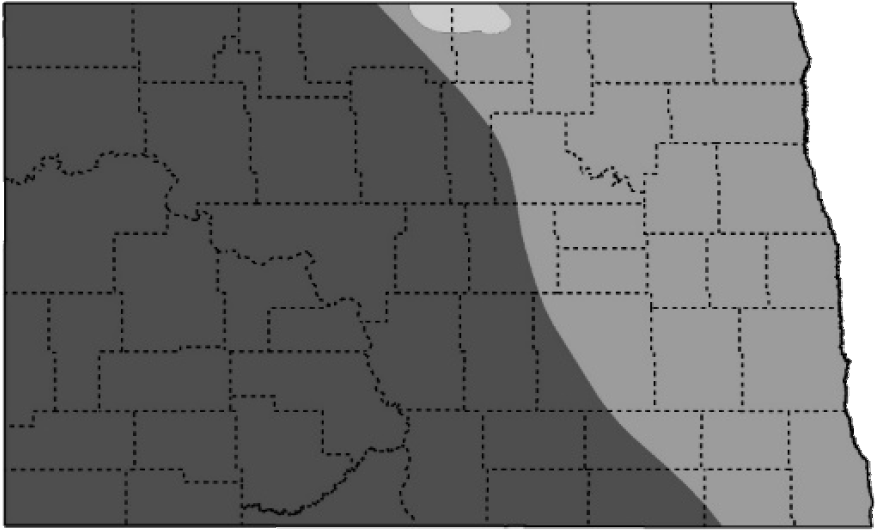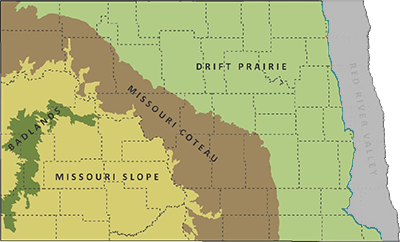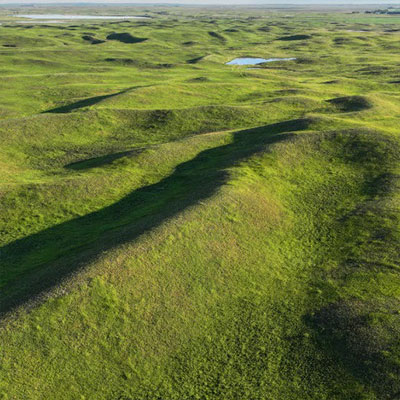Upland Sandpiper

NDGF
L 12”, WS 26”, 6 oz. A short yellow bill, long yellow legs, small head, slender neck, and a long tail.
Status in North Dakota
Occurs in North Dakota from mid-April to mid-September. Peak breeding season mid-May to mid-July.
Reason for SWAP Designation
At-risk, ND range important (SGCN b.).
ND ranks 2nd out of 22 states for highest percent of the global population (15.5%) during the breeding season (eBird).
The Upland Sandpiper is stable to declining, and ND has high stewardship responsibility for this species.
Threats
Loss of grassland.
Degradation of grasslands from invasive plants, woody encroachment, succession, and loss of diversity.
Loss of ranching heritage and grass-based operations, grazing is essential to grassland health and diversity.
Lack of prescribed burns.
Early mowing can destroy nests or kill the adult female on nest.
Collisions with vehicles, overhead lines and other manmade structures occurs but is rare.
Direct and indirect impacts from energy development, Upland Sandpipers exhibit displacement from areas within and surrounding wind turbines.
Research and Monitoring
Habitat requirements and effects of management practices such as grazing, burning and haying have been broadly researched on the breeding grounds.
Little is known about reproductive success, annual adult survival, or fledgling survival.
Additional information is needed on migration and wintering behaviors.
The Breeding Bird Survey, eBird and Partners in Flight Databases are key sources of information on distribution and population trends.
Management Recommendations
- Protect and conserve large, intact tracks of native prairie/unbroken grassland and tame grasslands.
- Reconstruct or restore grassland adjacent to existing tracts of native prairie/unbroken grassland.
- Use native grasses when replanting or restoring grassland.
- Burning is very beneficial. Upland Sandpipers forage in fields immediately following a burn and prefer nesting in fields 1 year after burning.
- Promote well-managed grazing lands and working grasslands for biodiversity, sustainability, and resiliency.
- Provide display perches such as wooden fence posts and replace rocks in restored/tame grasslands.
- Prevent or remove shrubs and tall woody vegetation in grasslands, either mechanically or by prescribed fire.
- Delay mowing or haying until August 1.
- Follow beneficial or best practices during the design, siting, construction, operation, and maintenance of tall structures (e.g. transmission lines, communication towers, wind turbines).



